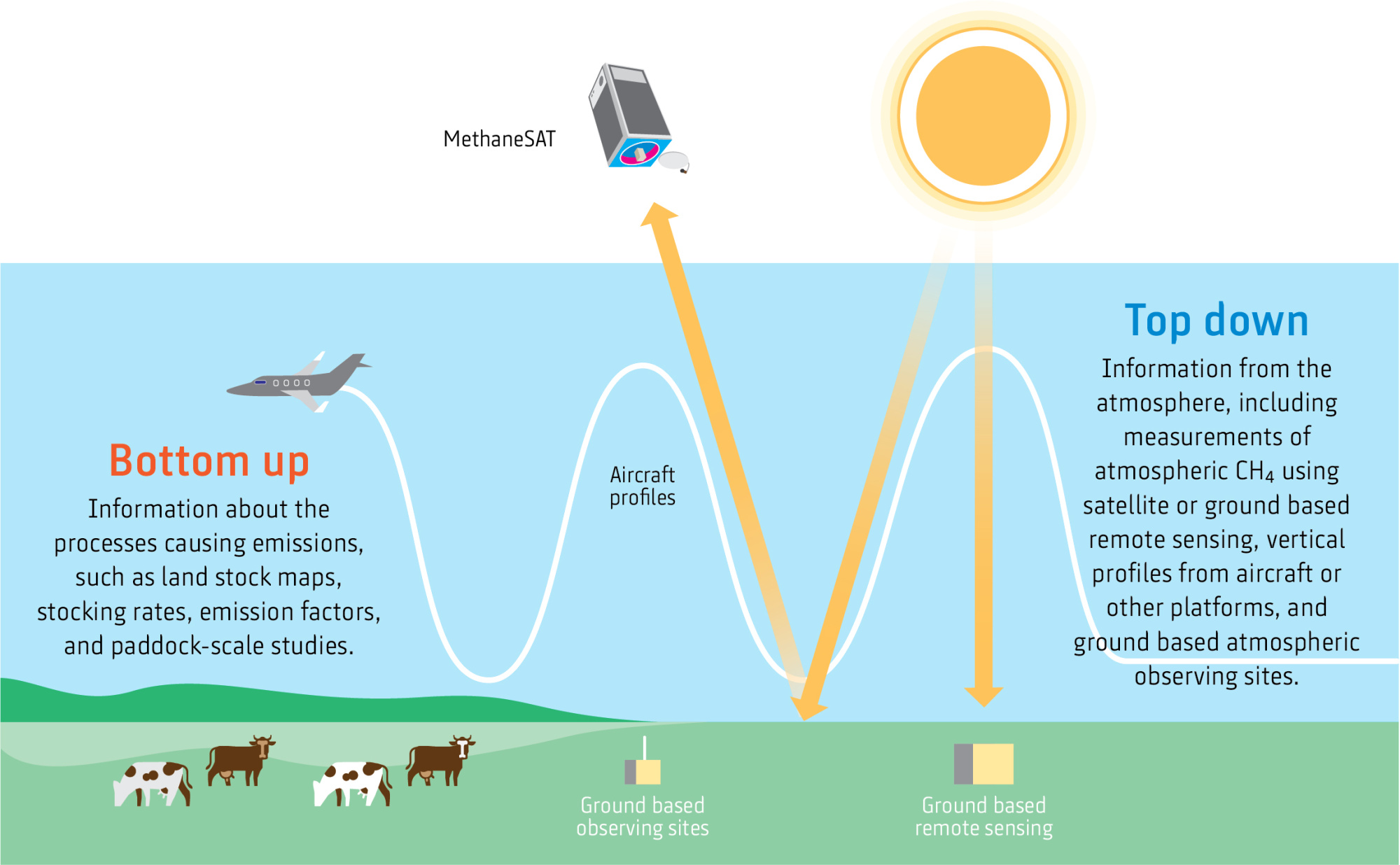Our research has established that the method for calculating wind speed-up currently provided in Loading Code Standard AS/NZS1170.2:2011 is inadequate, and can grossly under-predict correct design wind speeds in complex terrain.
The issue
Design wind speeds are estimates of the strongest wind gust a structure is likely to experience in its lifetime. Getting them right means that New Zealand’s buildings and infrastructure have the right levels of structural safety and performance.
Currently, people generally use the method outlined in the Wind Loadings Code (Standard AS/NZS1170.2:2011) to estimate the “wind speed-up” component of the design wind speed. This component is also called the “hill shape multiplier”.
We wanted to make sure that this was the best method to use, and that it provides appropriate design wind speeds for the sorts of hilly landscapes common to New Zealand.
On the remote hillside building sites which are common here, the hill-shape multiplier is the most important factor in estimates of design wind speeds, so it is important to get it right.
Approach
Location of research
We chose a site in the Belmont Regional Park near Wellington. This is typical of the remote hillside building sites we particularly wanted to study.
Methods
We measured wind speeds at a series of locations on the study site, in order to calculate wind speed-up factors compared to winds measured at Wellington Airport. We measured speeds at one-second intervals at heights (at different times) of both 5m and 10m.
We then estimated these same wind speed-up factors using several alternative methods:
- a wind tunnel model analysis at a scale of 1:2000
- a computational fluid dynamics (CFD) analysis using the program Gerris
- an application of the AS/NZS 1170.2 engineering Standard code and a comparison with six other international standard codes
- an analysis using the commercial software WAsP (Wind Atlas Analysis and Application Program) which is frequently used to estimate wind speeds for wind energy applications
Results
Our research shows the wind speed-up estimation method currently used in New Zealand – part of the Loading Code Standard AS/NZS1170.2:2011 - does not account for the effects of land features on scales of 10s to 100s of metres. We also show this method can seriously under-predict the correct design wind speeds in complex terrain.
The research has provided the basis for recommendations to the technical committee responsible for the standard to address this deficiency.
Related information
TBA
This research was funded by the New Zealand Ministry of Business, Innovation and Employment, as part of the Natural Hazards Research Management Platform: Project 2012-NIW-02- NHRP.












